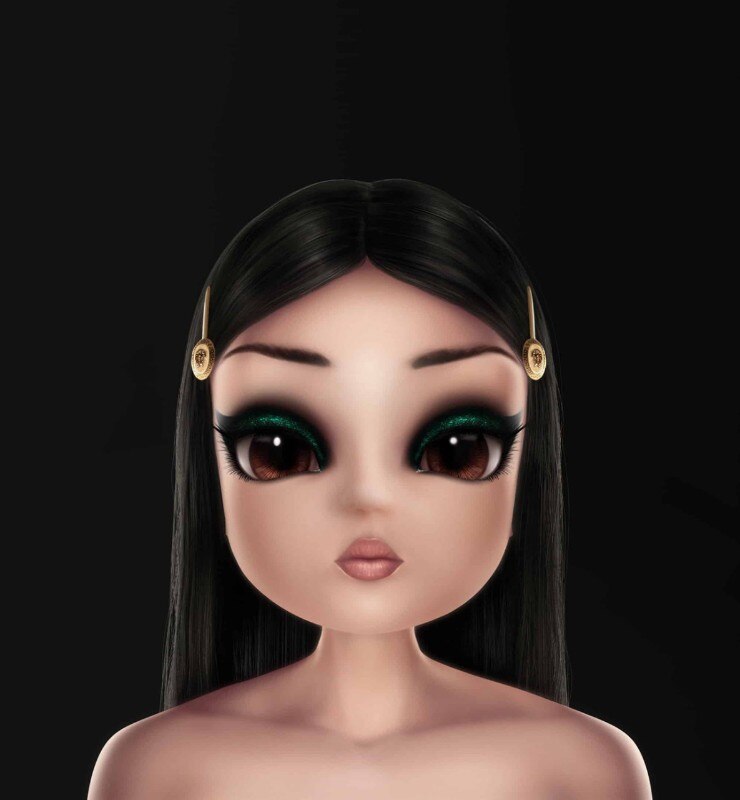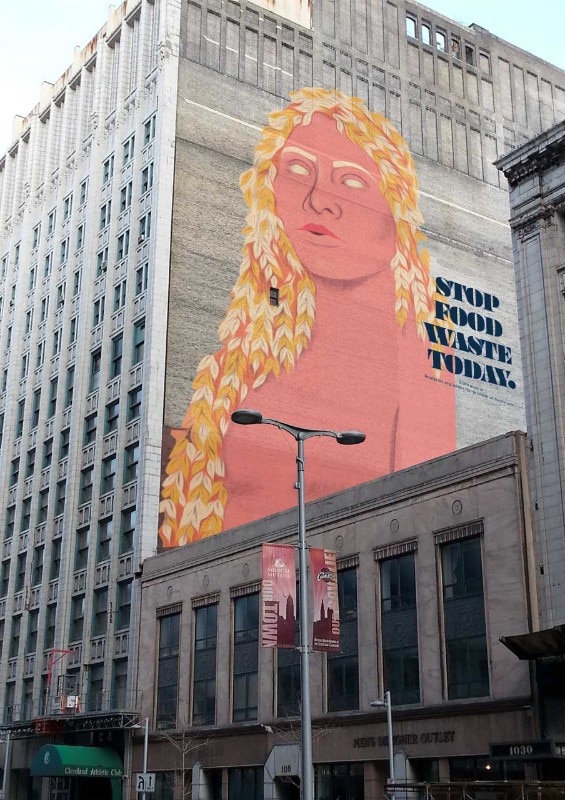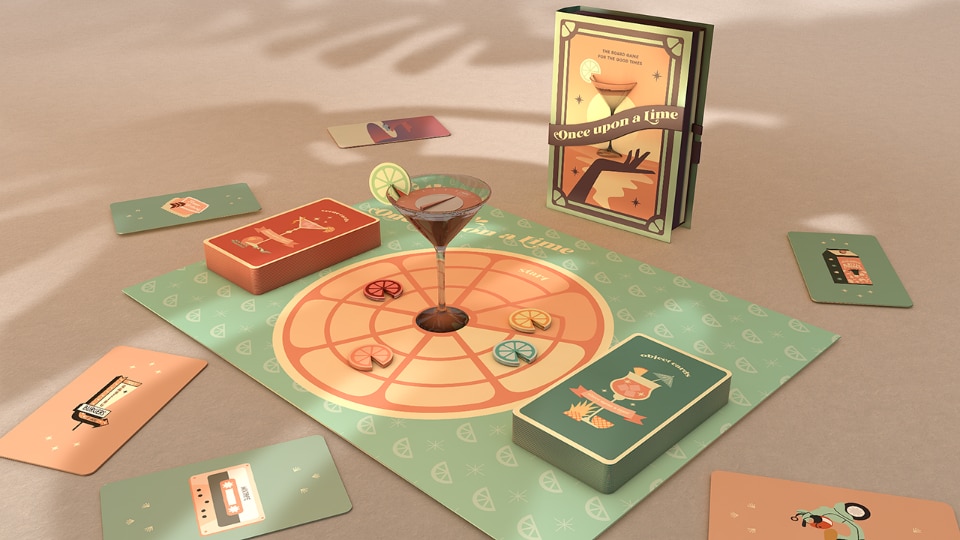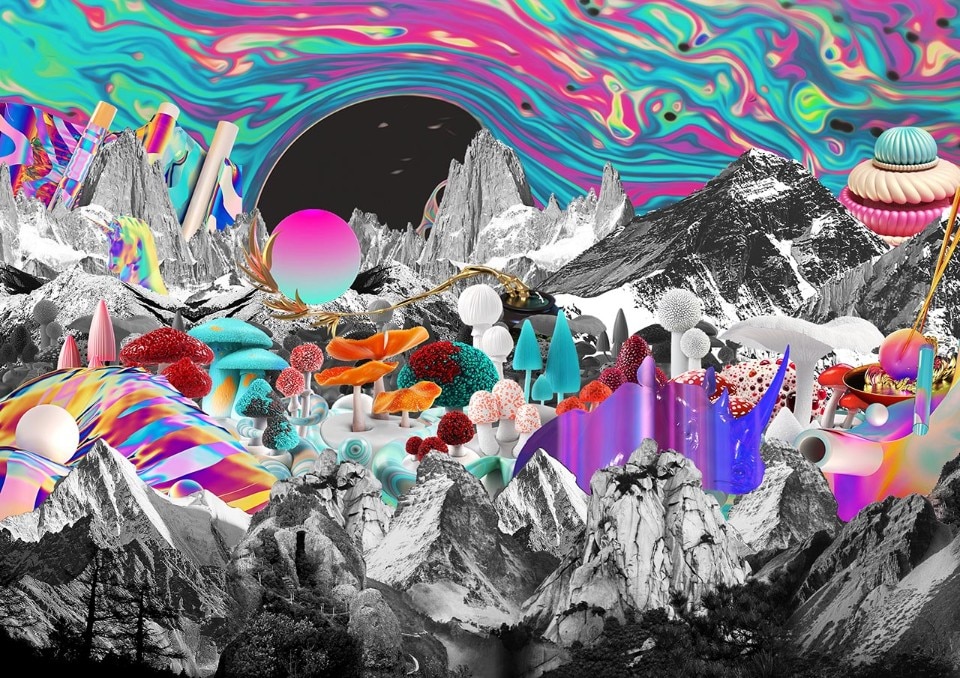The Master’s degree in Digital Art Direction at Marangoni’s Institute aims at training a new professional figure, the "nexter". Who is a nexter and why is he relevant in today's world?
The nexter is a term we have coined because we were a little dissatisfied with the professional figures who are moving in the world of communication today. We identify him as a communication expert, unique for his cultural background and sensitivity, who has been trained to look far ahead and can fill the gap between traditional communication and digital media. He’s a creative bu also a strategist who, besides being able to conceive integrated communication campaigns, has great confidence in the world of new trends and the disruptive changes that new technologies are imposing, such as TikTok, videogames, motion graphics, mixed reality.
.jpg.foto.rmedium.jpg)
How will the Master’s degree be organised?
It will be developed over two semesters starting from February 2021 and will involve some of the most important creatives in the McCann Worldgroup Italia world, starting with the CEO Daniele Cobianchi, Head of Innovation Federico Rampolla, and Manuela Rossi, Head of Social and Content. These will be flanked by teachers from Marangoni’s Institute, such as Alessandro Sabini for copywriting and storytelling, Maurizio la Cava for presentation design, Patrick Abbattista from Design Wanted, Lorenzo Cappannari of AnotheReality, and I will participate as Head of Trend Research in Nextatlas too. The idea is to provide the participants a hands-on, more laboratory and planning approach that allows them to deal with the briefs from important companies in the world of design, fashion, luxury and communication. The participation of Future Brand, visiting lecturer in our Faculty, is confirmed as well, together with German Silva di Pink Lab and other incoming collaborations. We will offer participants a more laboratory and project approach than a theoretical one, allowing them to test themselves, supported by our tutors, on project briefs of many brands in the world of design, fashion, luxury and communication. And a great novelty comes also from the front of our students. The first enrolled is not a person in the flesh but a famous digital influencer, Noonoouri, who will update her followers on Instagram on the choice of her academic path.

Do you think that the convergence of old school and virtual reality, artificial intelligence, project mapping, video games, is shaping a new aesthetic in the visual research field?
I certainly believe that it is possible to identify an aesthetic or aesthetics that originate from the impact of the technologies you mentioned. It is in the virtuous contamination of languages, aesthetics and different media that brands will look for the freshness of the nexter's gaze, as well as his ability to stay always on the border but with his head already projected into the future. I would add the frontier of generative design, where it is artificial intelligence that supports, guides and channels human creativity. It is a very current but rightly controversial topic too, on which we as Master’s degree will think about because the relationship between the human creativity and the machines one brings us closer to what has been defined as a "technological singularity". Equally controversial is the theme of the so-called instagrammability. Is the world of design obliged to pursue this instagrammability? Or can the designer or the creative director rethink himself as a producer of meaning? From our perspective, the nexter is primarily a producer of memorable, word-of-mouth-worthy stories.
And how could we support a critical awareness, a personal vision of the self-generative, self-reproductive impulse of technology?
We are interested in students learning to take advantage of new technologies, without being dominated by them, and to develop knowledge of the market and not only their creative talent. We have designed the master's program in Digital Art Direction in such a way that participants are exposed to a series of very different stimuli and that they understand the dynamics within an agency and the figures with whom they will interact once they enter the world of work. This is why we are interested in the visiting lecturer’s system, open talks, students witness, a tool that along with lessons help students not so much in finding answers, rather asking the right questions which will lead them to better understand the issues, even latent ones, that their clients will soon suggest to them.

The digital world is increasingly intersecting with the one of the data. How do you think new generations can be educated to work in graphics through numbers?
We will also talk about data where understanding consumer and user profiling is one of the starting points of creativity. For some time now, AD Tech has been profoundly changing the relationship between advertisers and publishers and the dynamics linked to the world of communication by orienting the budgets of companies. Ours, however, is not intended to be a perspective that flattens out on this. Following Yuval Harari's definition, today we talk a lot about data-driven: blind faith in data, which leads to identify the availability of a large amount of data in a unique solution. But we know that data is not the information, the information is not the insight, the insight is not the strategy, the strategy is not the creativity. Without a strategy, there can be no creative design. We will talk about data by addressing trends as well, because today trend research is no longer the same hyper-qualitative coolhunting as twenty years ago and that coincides with the stereotype of a journey around the world in the search of coolness. Today, no company invests money in a communication or a new product development strategy based on the diviners few taste intuitions. Rather, we believe much more in a qualitative and quantitative approach, so the researcher's intuition is combined with databases that come mostly from social networks. They are the true vantage point for understanding socio-cultural change.

Let's close with a joke on the role of analogue. Do you think there is still a space for this way of communication?
One of the graduation thesis of one of the girls who came out this year, Alice Braglia, is a board game whose claim is "the stories are not only on Instagram", which she came to after a very conscious path that touched on the themes of social network addiction. The future will necessarily be a balance between analogue and digital: I would simply avoid the hyper-celebrative attitudes of technology or hypernostalgic and philological ones. The world of complexity is made of continuous short circuits and it is the nexter’s task to navigate between analogue and virtual, creating memorable and relevant ones.
Opening picture, Experimental Rock/Psychedelic Rock di Yuetong Shi


